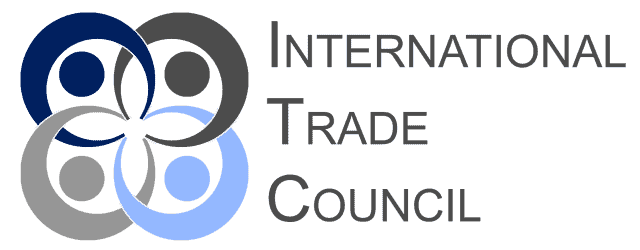Several Canadian, German, and Australian mining companies are aiming to secure premium prices for critical metals, such as rare earths, used in electric vehicles (EVs) and renewable energy sources. Their goal is to offer alternatives to China, which currently dominates the production and pricing of these vital minerals.
China’s control over 95% of rare earth metals production has allowed it to dictate prices and create uncertainty among end-users through export controls. Mining firms like Aclara Resources and Ionic Rare Earths are discussing strategies to reduce China’s dominance, focusing on market-determined prices and assurances of quality and consistency.
Neo Performance Materials and Germany’s Vacuumschmelze are also exploring similar initiatives. These efforts align with the Group of Seven (G7) countries’ encouragement of domestic production and procurement of critical metals to reduce reliance on China.
Miners anticipate that end-users will be willing to pay a premium for a reliable supply chain, given the geopolitical tensions between the West and China, which could disrupt the supply of rare earth minerals.
Rare earths, a group of elements used in various technologies, including EVs and wind turbines, have garnered attention due to China’s recent export restrictions on related products.
Western miners argue that they can provide environmentally responsible and traceable rare earths, albeit at a premium compared to Chinese prices. They believe that the additional cost to original equipment manufacturers (OEMs) will be negligible, especially given the growing emphasis on environmental, social, and governance (ESG) standards and incentives like the U.S. Inflation Reduction Act.
OEMs, however, seek a transparent and level playing field when it comes to pricing, emphasizing the need for quantifiable value in higher prices. Discussions about pricing have arisen within the Rare Earth Industry Association, a global organization representing the entire rare earth value chain.
While the development of rare earth mining projects can take decades, investors’ risk aversion has posed challenges to projects outside of China. Although alternatives to China exist in countries like Vietnam, Malaysia, and Myanmar, their production capacity remains distant.
Proposed pricing alternatives include selling rare earth concentrates at production costs plus capital expenses, capping prices at levels offered by Chinese manufacturers, or setting price ceilings based on Chinese prices to protect OEMs from drastic fluctuations. These mechanisms may increase the cost of EVs, which rely on rare earth magnets in their motors, by at least 30% to 50%, according to industry insiders.
In the end, the discussions revolve around trade-offs between sustainability, cost, and a diversified supply chain. As industries increasingly prioritize sustainability metrics and reduced carbon footprints, the costs associated with these goals are likely to be reflected in the prices paid throughout the supply chain.
